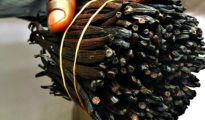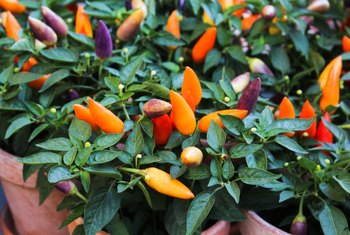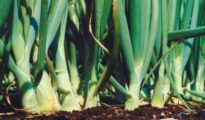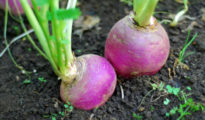If you're looking to learn how to grow reishi mushrooms, look no further! With a little patience and some know-how, anyone can grow these reishis! Reishi mushrooms, also known as Lingzhi mushrooms, are a species of mushroom native to many areas of East and Southeast Asia. Long used in traditional Chinese medicine, they are now gaining popularity for their medicinal benefits beyond the Far East. These incredible fungi contain nearly 400 bioactive elements, including valuable antioxidants and adaptogens that can protect cells from damage, support the body's response to stress, and improve overall health. Furthermore, recent medical studies have linked reishi mushrooms to memory enhancement, nerve healing, balanced cholesterol levels and reduced inflammation – making them popular among herbalists and holistic healers alike.
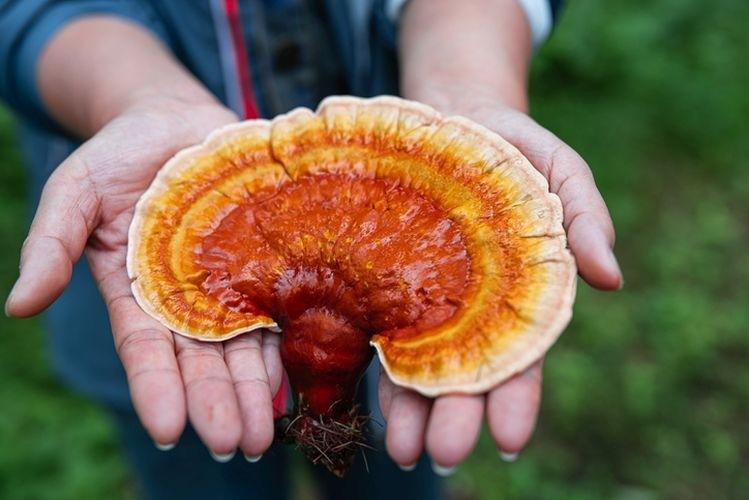
How to Grow Reishi Mushrooms
Growing reishi mushrooms can be surprisingly easy, and rewarding too! Given the right conditions and feeding schedule, many species of reishi can reach full maturity in as little as two weeks. To get started, you'll want to identify the type of mushroom you want to grow, as this will inform the specific conditions needed. Reishi prefers dark, damp environments with warm temperatures around 70 degrees Fahrenheit. Additionally, these fungi thrive off sawdust-like substrates such as oak and poplar. With regular misting of water or a damp climate and exposure to light 12-14 hours a day, you can be picking your own fresh reishi almost in no time at all!
Growing reishi mushrooms is an exciting and rewarding adventure! Reishi mushrooms are also known as “mushroom of immortality” so it will be a great experiment for gardeners or mushroom farmers interested in expanding their knowledge on the subject. To get started, the first step is to purchase a quality mushroom spore syringe from a reliable vendor. After that, you should focus on preparing the substrate where the spores will grow, which involves soil and organic matter mixed together properly. When you're done with that stage, you can inoculate the substrate with the previously acquired spores and put your setup in an appropriate environment providing enough humidity to ensure proper growth. Finally, give your mushrooms some time to fruit and before you know it you'll have yourself a full harvest of reishi mushrooms!
What Are Reishi Mushrooms Good For?
Reishi mushrooms, considered an amazing superfood in traditional Chinese medicine, have long been praised for their potential health benefits. They are known to boost the body's natural immune system and help fight inflammation, reduce stress levels, balance hormones, and improve cardiovascular health. Current research also suggests that reishi mushrooms are beneficial in treating cancer, hepatitis C virus infection and liver cirrhosis. Furthermore they may even provide protection against certain types of harmful bacteria, and serve as a natural blood sugar regulator in people with Type 2 diabetes. Reishi mushrooms can be taken as a supplement or consumed by adding them to soups or teas. By adding this nutritious superpower to our diets, it is possible to gain a daily dose of disease-fighting antioxidants and tremendous health benefits.
What Are the Side Effects of Reishi Mushrooms?
While there are possible health benefits associated with taking this supplement, it’s important to be aware of the potential side effects. These may include nausea, constipation, dry mouth, dizziness, and headaches. It is also important to note that because these mushrooms contain active compounds not found in other mushrooms such as Beta glucans and triterpenes, people with autoimmune disorders or similar conditions should use caution when consuming them. Additionally, reishi can reduce blood sugar levels and interfere with prescription medications as well as certain over-the-counter drugs so anyone considering taking this supplement should talk to their healthcare provider first.
Can Reishi Mushrooms Help With Hair Loss?
Reishi mushrooms may just be the secret to healthier and thicker hair. As a type of adaptogenic mushroom, reishi offers a powerful combination of nutrients to improve the health of the scalp and work against inflammation responsible for disrupting natural growth cycles. Reishi mushrooms contain polysaccharides that reduce DHT levels in the body – DHT is a hormone responsible for causing hair loss. And with their anti-inflammatory properties, reishi helps balance hormones disrupted by stress, which can often contribute to thinning hair. With consistent use and healthy lifestyle changes, reishi mushrooms may do wonders for giving people a full head of stronger and more lustrous locks in no time!
The History of Reishi Mushrooms
Reishi mushrooms have been used medicinally for centuries, and the earliest documented example of their application dates back to the Han dynasty in the second century BC. This ancient Chinese medical text noted how reishi was capable of treating a number of conditions such as coughs, head-aches and improving circulation. The use of reishi mushroom spread throughout Asia and its therapeutic properties were mentioned in many classic herbology books written over centuries. It wasn't until more recently that Westerners began to take note; research published in the 1960s provided scientific evidence behind its numerous health benefits, including immune system support and cardiovascular protection. While further studies are still ongoing, these findings have increased the popularity of reishi mushroom around the world – a testament to its traditional history.
So now that you know how to grow reishi mushrooms, it's time to roll up your sleeves and get to planting!


